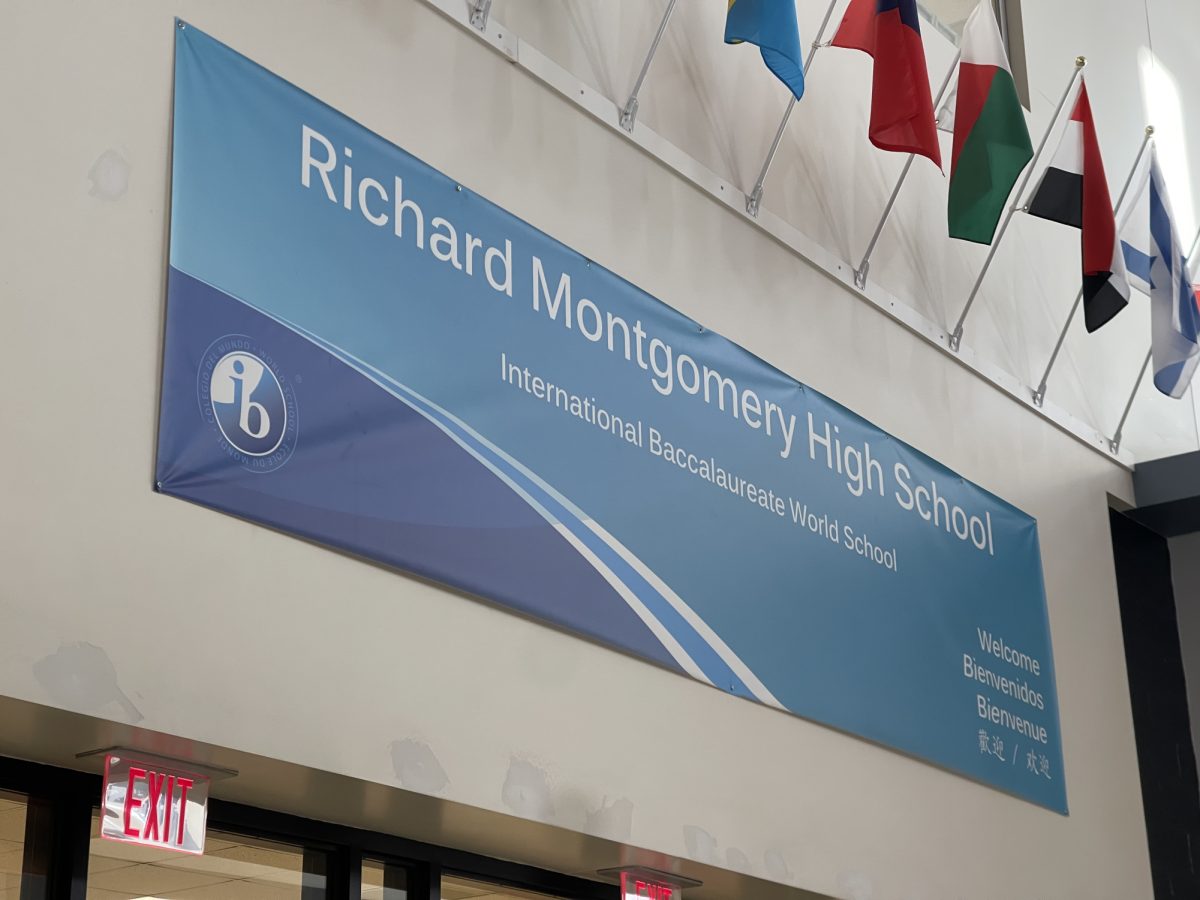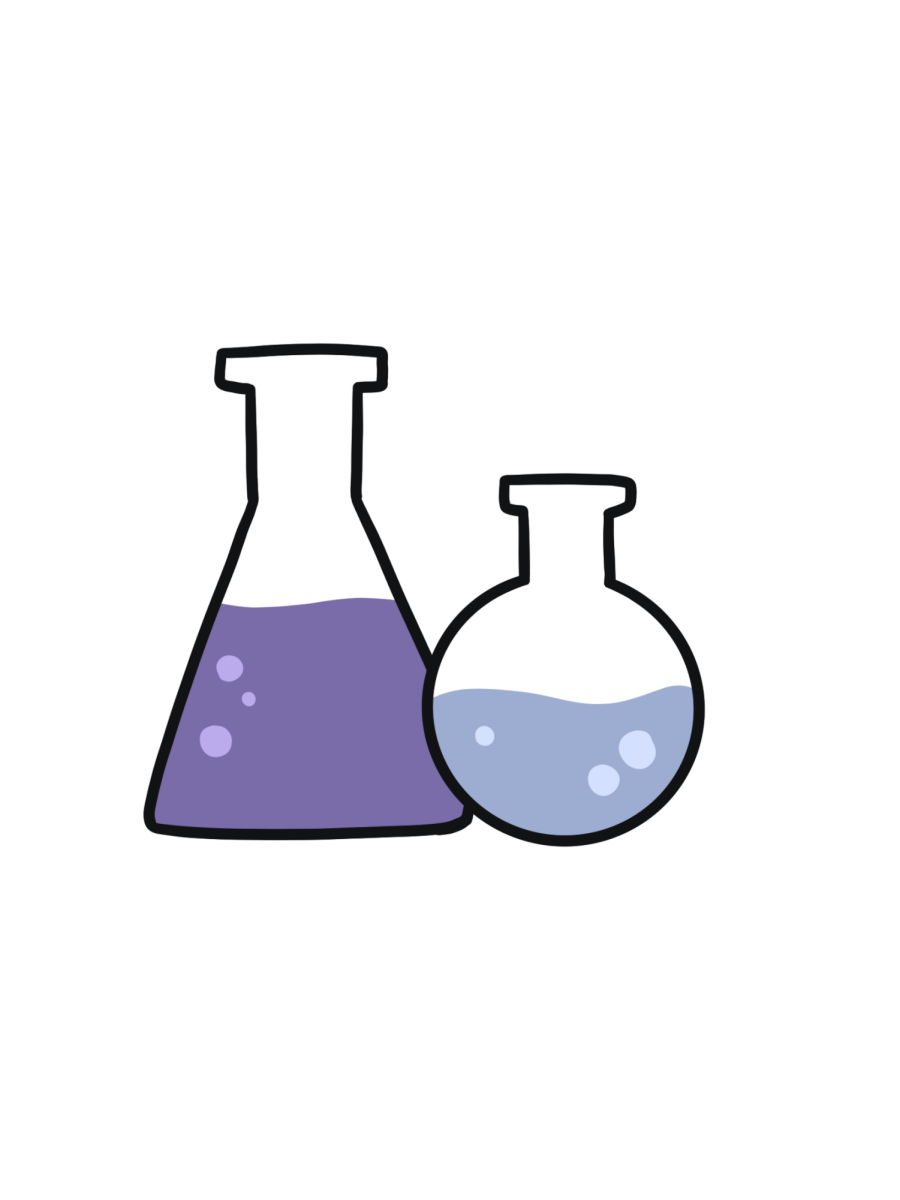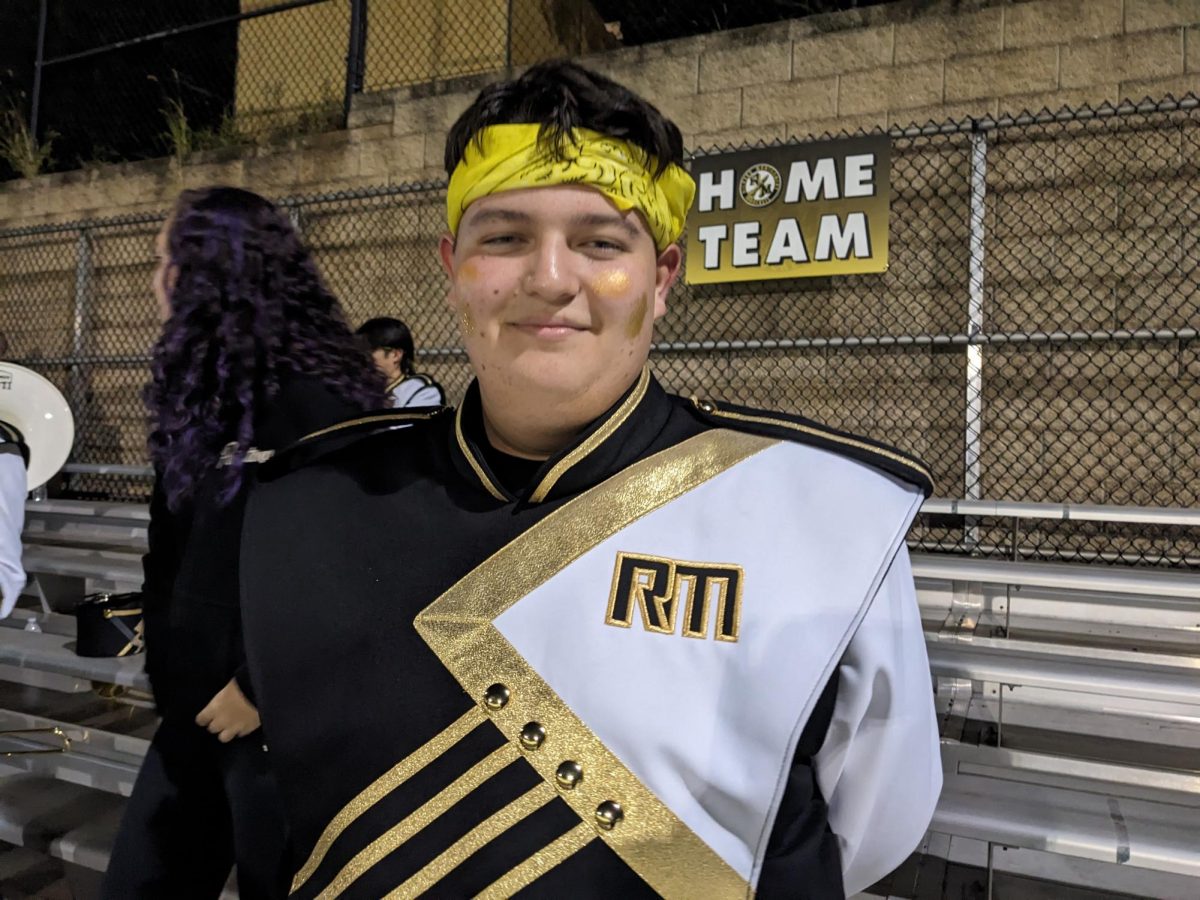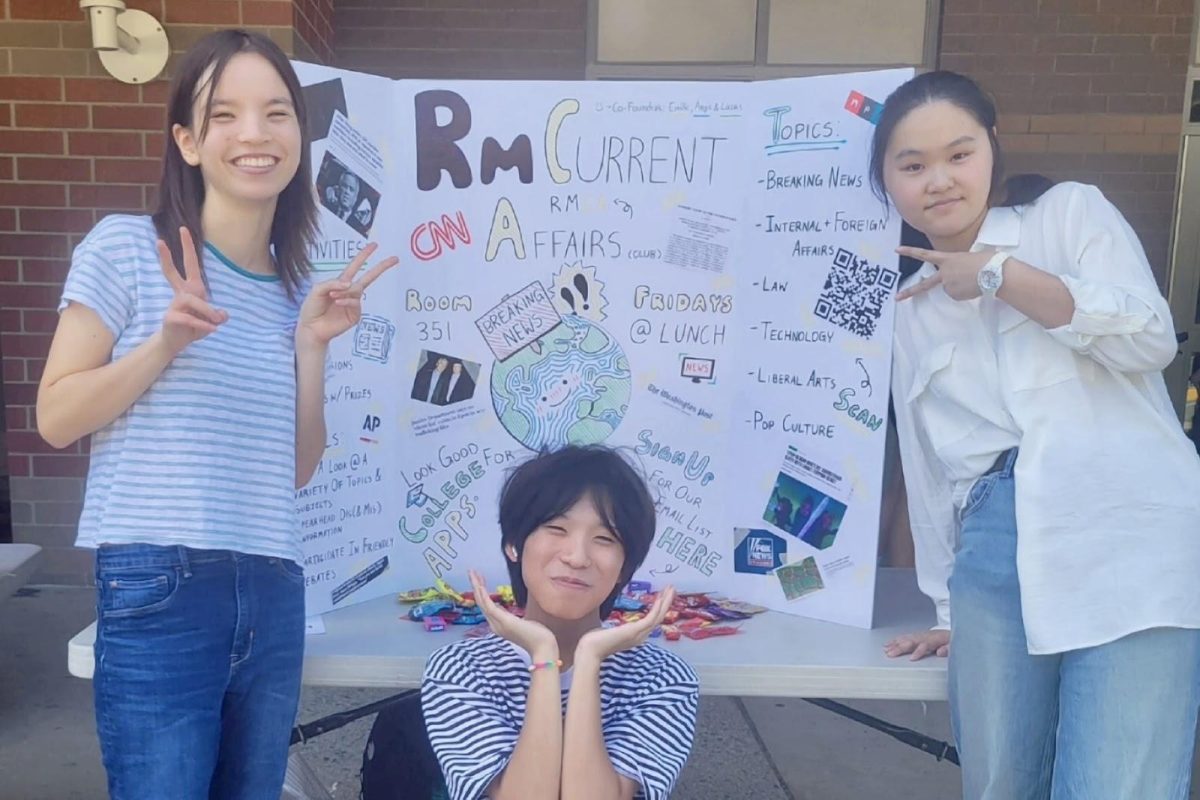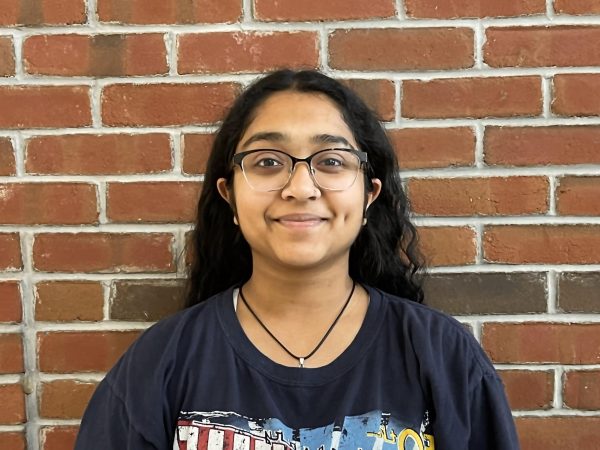Even though the International Baccalaureate (IB) program may appear distant to non-IB students, the program is more attainable than it seems. The IB program at RM isn’t just for students who are admitted in ninth grade — all RM students willing to put in the work can join in 11th grade.
In addition to the 100 students accepted annually into the IB diploma program from all over the county, 25 students are admitted exclusively from Julius West Middle School. In total there are around 500-550 students in RM’s IB program at any given time.
Students accepted into the IB program as ninth graders start in the middle years program (MYP) for their freshman and sophomore years. During the MYP, they follow a class schedule that keeps them on track towards earning an IB diploma. In both their freshman and sophomore years, they take IB courses in math, English, science, and foreign language in addition to AP Government their freshman year and AP US History their sophomore year.
After the MYP, RM sophomore students not in the program have the opportunity to join the IB diploma program just by filling out an application. As long as the student has taken the required prerequisite classes, they can join the IB program. Every year, about 30 to 40 new students join the IB program for their junior and senior years.
“Almost everyone gets in their junior year,” junior Priya Udeshi said. As an RM student who switched to the IB diploma program in her junior year, Udeshi feels mostly just as prepared as all of the other students who were in the MYP. Udeshi believes that many of the AP classes she took in her sophomore year are almost equally as challenging and interesting as her IB classes this year.
“I was kind of scared that it would be too hard but it’s not as bad as I thought it would be,” Udeshi said. Additionally, some RM students may think that IB classes individually involve more writing, but “besides the IAs, which are long research papers, for each class I don’t think I write more,” Udeshi said.
Some IB 11th grade students who were in the MYP program agreed with Udeshi that junior year is not overwhelmingly more difficult than sophomore year. “I feel like ninth and 10th grade IB is not that different from 11th grade IB,” junior Sophie Ng said.
Ng shared that students have some degree of choice over what courses they take. If you enjoy STEM, “the HL science courses are pretty good for high school courses . . . they cover a lot of material that other classes won’t,” Ng said.
To receive the IB diploma, students must take classes in 6 disciplines, also known as subjects. IB students can take either two Standard Level (SL) classes and four High Level (HL) classes or three SL classes and three HL classes. HL classes are typically two years long while SL classes are one year long. “In your junior year . . . people usually take two SL tests and then you take your three HLs and your other SL in senior year,” Ng said.
To earn the diploma, students must take one course from each subject group. These groups include Language & Literature, Language acquisition, Individuals & Societies, Experimental sciences, Mathematics and Arts & Electives. Each course exam is out of seven and students can’t get a three out of seven or less on more than three exams.
In addition to the traditional courses students must take, there is a Theory of Knowledge (TOK) class which IB students also must complete.
IB students must also meet the Creativity, Activity and Service (CAS) requirements. “Participating on a team, participating in drama, participating in any other outside volunteer activities can be CAS experiences for students to reflect upon,” IB coordinator Joseph Jelen said.
Students also must complete an extended essay, which is a 4000-word essay on a topic of the student’s choosing that relates to any of the IB program’s six disciplines.
If a student is a part of the IB program and receives a passing grade on an IB exam, it might count for college credit if the college they go to accepts the class as credit. For example, the University of Maryland will give credit for some SL and HL classes, but the exam scores required to receive credit vary.
The main difference between the IB program and AP classes is that IB classes are much more in-depth. For example, “A student in an AP world history class is going to cover . . . a wide swath of history, whereas an IB history class will dig into patterns and the trends in history,” Mr. Jelen said. IB history only covers a few topics but is very in-depth.
At RM, students in the IB program tend to do very well. “We are very proud of the fact that 98% of students who put forth their portfolio of work successfully earned their diploma,” Mr. Jelen said.
“What’s appealing about the International Baccalaureate is that it’s a known quantity for colleges . . . they know that students have excelled in six different academic areas. They’ve completed this 4000-word research paper,” Mr. Jelen said. Since colleges know what work students need to do to get the IB diploma, they often find students with an IB diploma appealing.
If you would like to voice your opinion on an issue you feel is relevant to our community, please do so here. Anyone is able and welcome to submit a Letter to the Editor, regardless of journalistic experience or writing skills. Submissions may be published either online or in a print issue.


